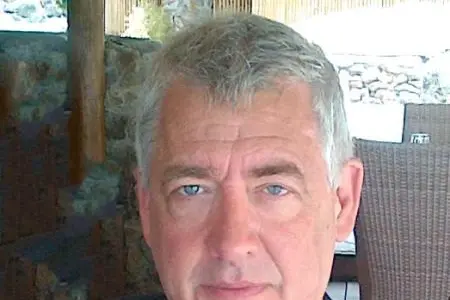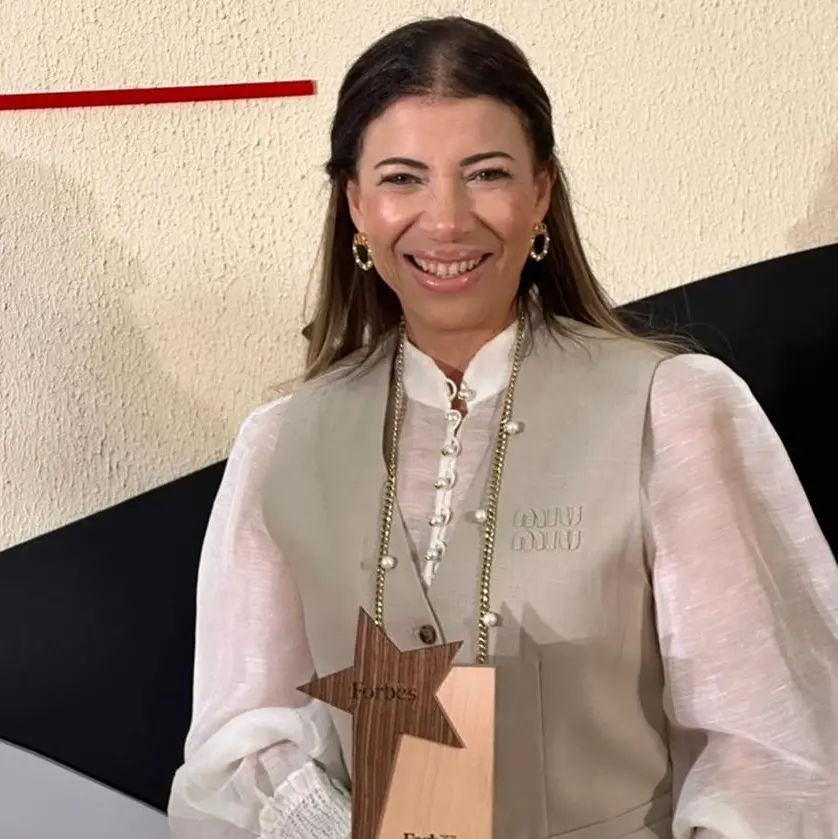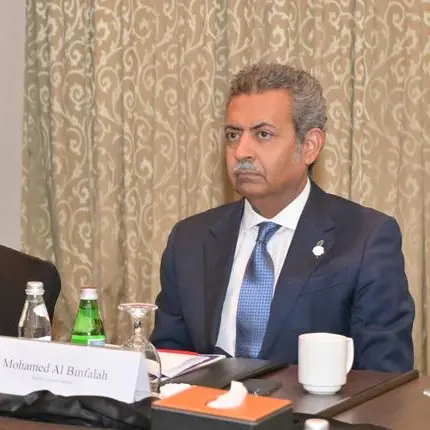PHOTO
Cairo: In the Nature Index 2020 Annual Tables*, Egypt is the first overall contributor to research share in North Africa1, second in Africa and third in the Arab countries2 on the index with a continuous increase in its share** for the third year in row.
This year’s Nature Index Annual Tables includes nineteen Arab countries, the longest list from three years which reserved the first three positions for Saudi Arabia, United Arab Emirates (UAE) and Egypt respectively since 2017. On the same list, Egypt has been the third contributor to research share with a gradual growth that reached 7% of the overall Arab countries share in 2019.
In Africa, Egypt maintains its second position after South Africa, and before Kenya, while it remains the first among the North Africa countries with a continuous increase in its research share since 2017. With the decline of South Africa share in 2019, the gap with Egypt is slightly smaller but in parallel Kenya has been increasing its share for the past two years and is becoming gradually closer to Egypt.
By subject, Egypt has been among the top 50 countries in Chemistry research share since the launch of Nature Index Tables. This year it has jumped two positions to reach 48 with 31% increase in adjusted Share**. In Physical sciences, Egypt is in second position in the Arab countries and fifth in the Middle East with 61% increase in adjusted Share. While it holds the third share in Chemistry and Life sciences and fourth in Earth and environmental sciences among its Arab peers.
By academic institutions in Egypt, Ain Shams University remains the first in research share for the third year in row. Followed by Mansoura University and Cairo University (CU) in 2019 share, the three are among the top fifteen academic institutions in the Arab countries. Three other universities – Beni-Suef University (BSU), Assiut University and Al-Azhar University – achieved considerably this year and made the top ten list that still includes the Suez University, British University in Egypt (BUE), Alexandria University and Tanta University.
David Swinbanks, Founder of the Nature Index, said: “The rise of Ain Shams University with a three-fold increase in share between 2015 and 2019 is notable and despite a slight decline in recent years it continues to be the number one player in Egypt in Nature Index Annual Tables 2020. But Mansoura University also shows a significant rise jumping from ninth to second position with a 165% increase in adjusted Share albeit based on a relatively small article count of 16, double that of last year. Zewail City of Science and Technology has also lept from 22nd to fourth with an eleven-fold increase in share between 2015 and 2019. But output of these institutions is small and volatile and only time will tell if they represent long term trends”.
The top fifteen academic institutions in the Arab countries include from Egypt – Ain Shams University, Mansoura University and Cairo University (CU), from Saudi Arabia – King Abdullah University of Science and Technology (KAUST), King Abdulaziz University (KAU), King Saud University (KSU) and King Fahd University of Petroleum and Minerals (KFUPM), from Lebanon – American University of Beirut (AUB) and the new comer, Lebanese American University (LAU), from UAE – Khalifa University of Science and Technology and United Arab Emirates University (UAEU), from Oman – University of Nizwa, and from Morocco – Cadi Ayyad University (UCA).
The top ten African countries in research share order are South Africa, Egypt, Kenya, Morocco, Cameroon, Ethiopia, Ghana, Uganda, Nigeria and Tunisia. On this year’s Nature Index Annual Tables too, the North Africa countries list is almost complete with the return of Mauritania although with a tiny share.
At a global level, the institutions that feature most prominently in this year’s Nature Index Annual Tables, are large with considerable funding and reputation, as might be expected. The Chinese Academy of Sciences (CAS), Harvard University and the Max Planck Society continue to occupy the top tiers.
David Swinbanks, added: “While the annual tables are a good indicator of high quality research output in the natural sciences, we encourage readers to use the findings alongside other scientific outputs such as data, software and intellectual property when considering research quality and institutional performance.”
*This year’s Nature Index Annual Tables are based on full year 2019 data.
** When comparing data over time, Share values are adjusted to 2019 levels to account for the small annual variation in the total number of articles in the Nature Index journals.
1 MEA and MENA refer to the Middle East Africa and Middle East North Africa regions respectively. North Africa countries on Nature Index Tables 2020 are Algeria, Egypt, Libya, Mauritania, Morocco, Sudan and Tunisia.
2 Arab countries on Nature Index Tables 2020 are Algeria, Bahrain, Egypt, Iraq, Jordan, Kuwait, Lebanon, Libya, Mauritania, Morocco, Oman, Palestinian territories, Qatar, Saudi Arabia, Sudan, Syria, Tunisia, United Arab Emirates and Yemen.
The Nature Index is one indicator of institutional research performance. The metrics of Count and Share used to order Nature Index listings are based on an institution’s or country’s publication output in 82 natural science journals, selected on reputation by an independent panel of leading scientists in their fields. The Nature Index recognises that many other factors must be taken into account when considering research quality and institutional performance; Nature Index metrics alone should not be used to assess institutions or individuals. Nature Index data and methods are transparent and available under a creative commons license at natureindex.com.
-Ends-
For access to the tables and supplement please visit https://www.nature.com/collections/chdeajdica
Contact
Diala Ballout | Springer Nature Group | Corporate Communications
diala.ballout@springernature.com
About the Nature Index
The Nature Index is a database of author affiliations and institutional relationships. The index tracks contributions to research articles published in 82 high-quality natural-science journals, chosen by an independent group of researchers.
The Nature Index provides absolute and fractional counts of article publication at the institutional and national level and, as such, is an indicator of global high-quality research output and collaboration. Data in the Nature Index are updated regularly, with the most recent 12 months made available under a Creative Commons licence at natureindex.com. The database is compiled by Nature Research, part of Springer Nature.
The Nature Index metrics
The Nature Index uses Count and Share to track research output. A country/region or an institution is given a Count of 1 for each article that has at least one author from that country/region or institution. This is the case regardless of the number of authors an article has, and it means that the same article can contribute to the Count of multiple countries/regions or institutions.
To glean a country’s, a region’s or an institution’s contribution to an article, and to ensure they are not counted more than once, the Nature Index uses Share, a fractional count that takes into account the share of authorship on each article. The total Share available per article is 1, which is shared among all authors under the assumption that each contributed equally. For instance, an article with 10 authors means that each author receives a Share of 0.1. For authors who are affiliated with more than one institution, the author’s Share is then split equally between each institution. The total Share for an institution is calculated by summing the Share for individual affiliated authors. The process is similar for countries/regions, although complicated by the fact that some institutions have overseas labs that will be counted towards host country/region totals.
Springer Nature is a leading research, educational and professional publisher, providing quality content to our communities through a range of innovative platforms, products and services. Every day, around the globe, our imprints, books, journals and resources reach millions of people – helping researchers, students, teachers and professionals to discover, learn and achieve more. Through our family of brands, we aim to serve and support the research, education and professional communities by putting them at the heart of all we do, delivering the highest possible standards in content and technology, and helping shape the future of publishing for their benefit and for society overall. Visit: springernature.com/group and follow @SpringerNature.
© Press Release 2020
Disclaimer: The contents of this press release was provided from an external third party provider. This website is not responsible for, and does not control, such external content. This content is provided on an “as is” and “as available” basis and has not been edited in any way. Neither this website nor our affiliates guarantee the accuracy of or endorse the views or opinions expressed in this press release.
The press release is provided for informational purposes only. The content does not provide tax, legal or investment advice or opinion regarding the suitability, value or profitability of any particular security, portfolio or investment strategy. Neither this website nor our affiliates shall be liable for any errors or inaccuracies in the content, or for any actions taken by you in reliance thereon. You expressly agree that your use of the information within this article is at your sole risk.
To the fullest extent permitted by applicable law, this website, its parent company, its subsidiaries, its affiliates and the respective shareholders, directors, officers, employees, agents, advertisers, content providers and licensors will not be liable (jointly or severally) to you for any direct, indirect, consequential, special, incidental, punitive or exemplary damages, including without limitation, lost profits, lost savings and lost revenues, whether in negligence, tort, contract or any other theory of liability, even if the parties have been advised of the possibility or could have foreseen any such damages.



















